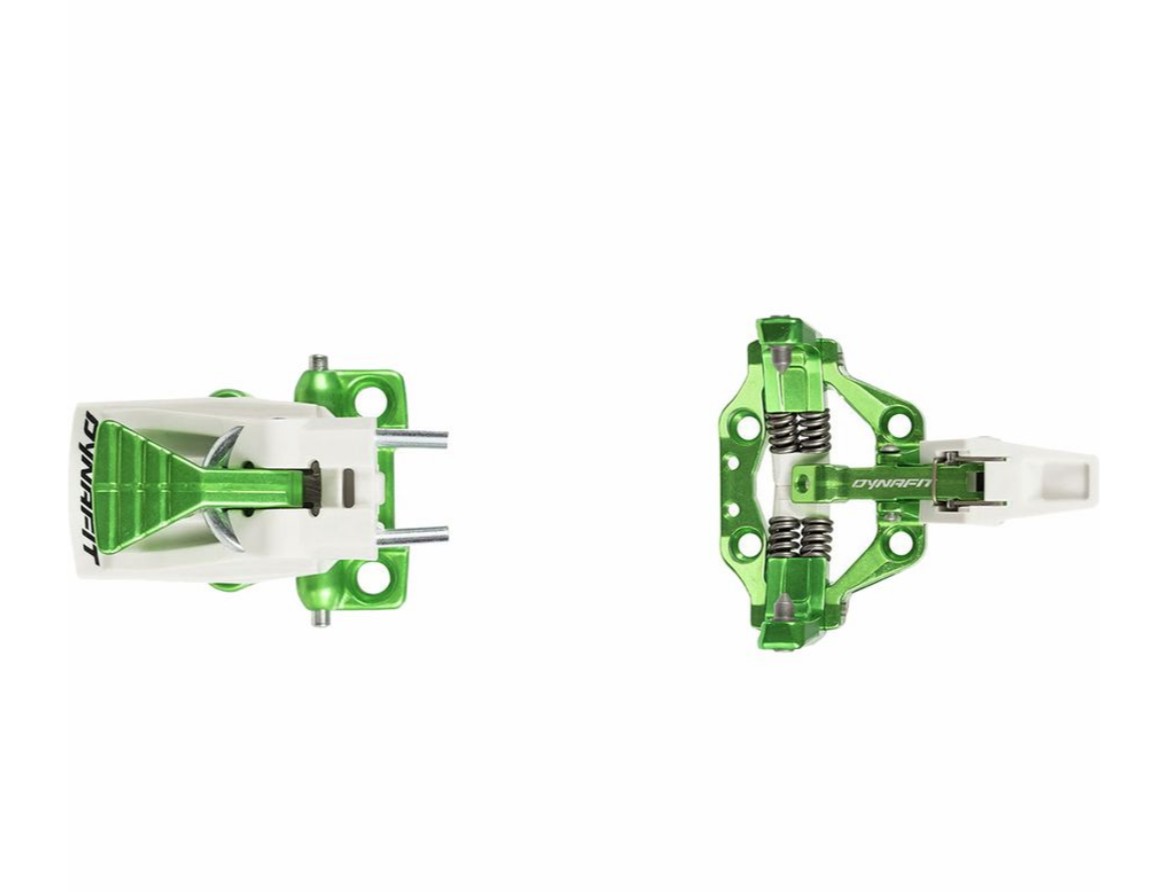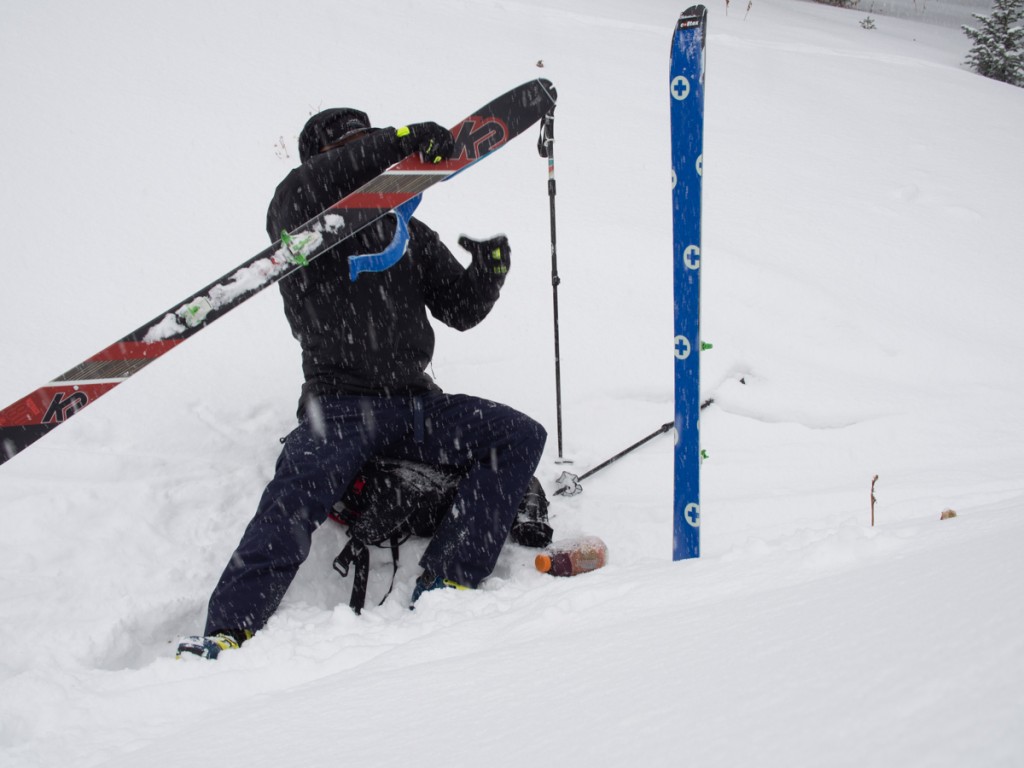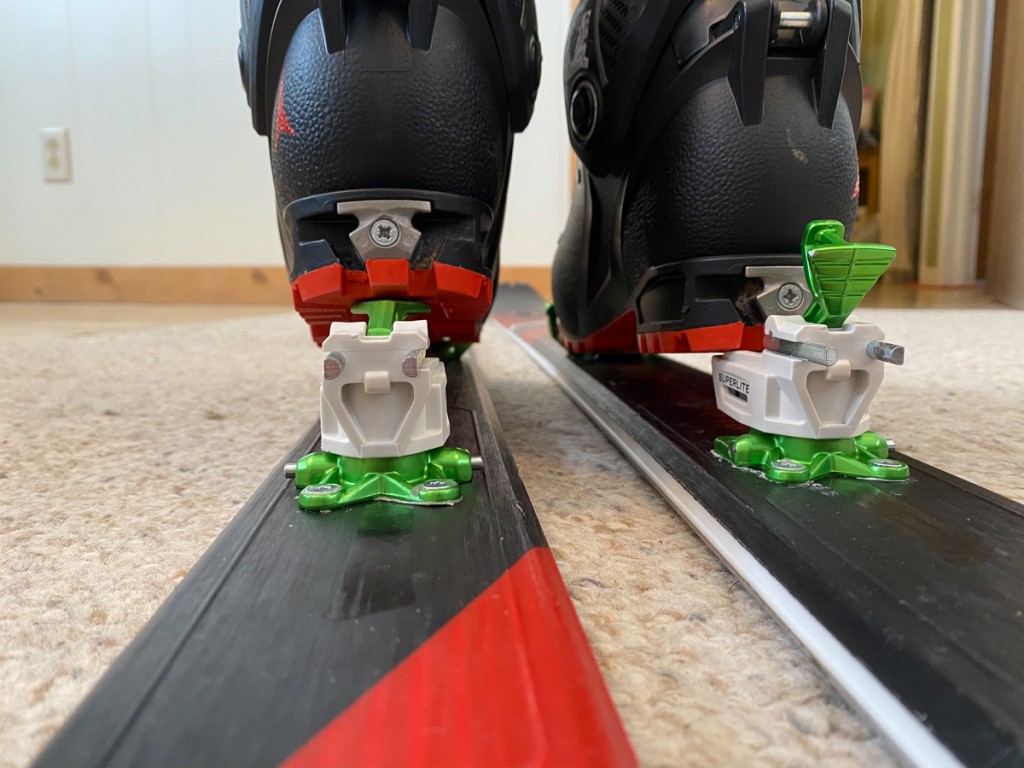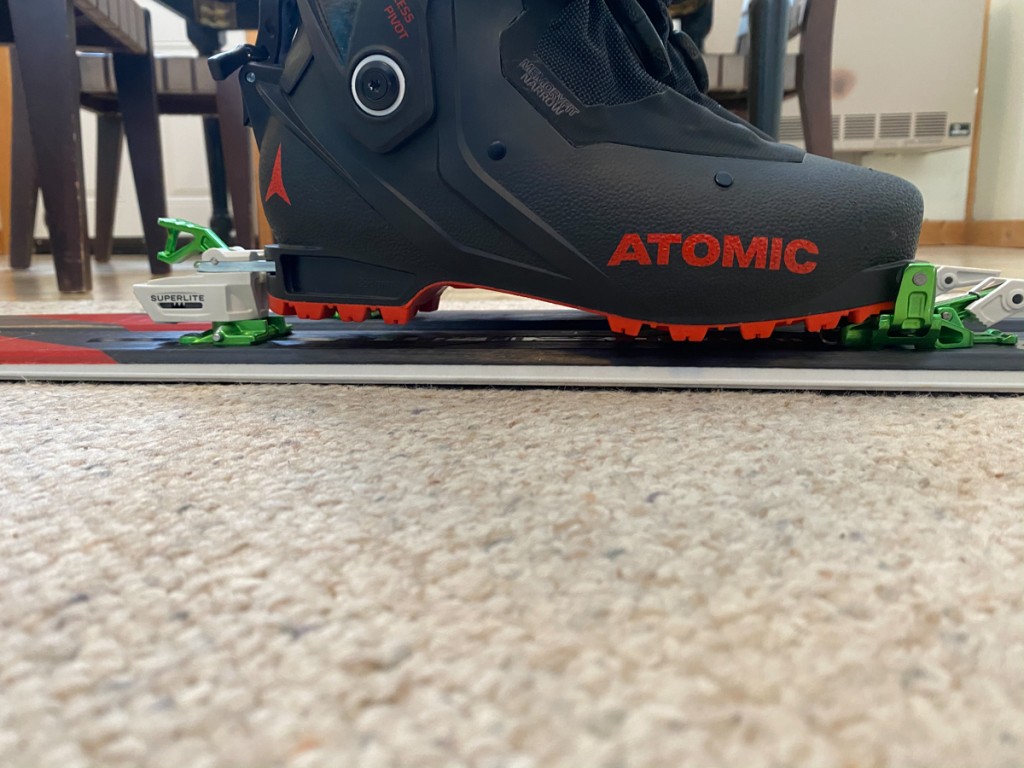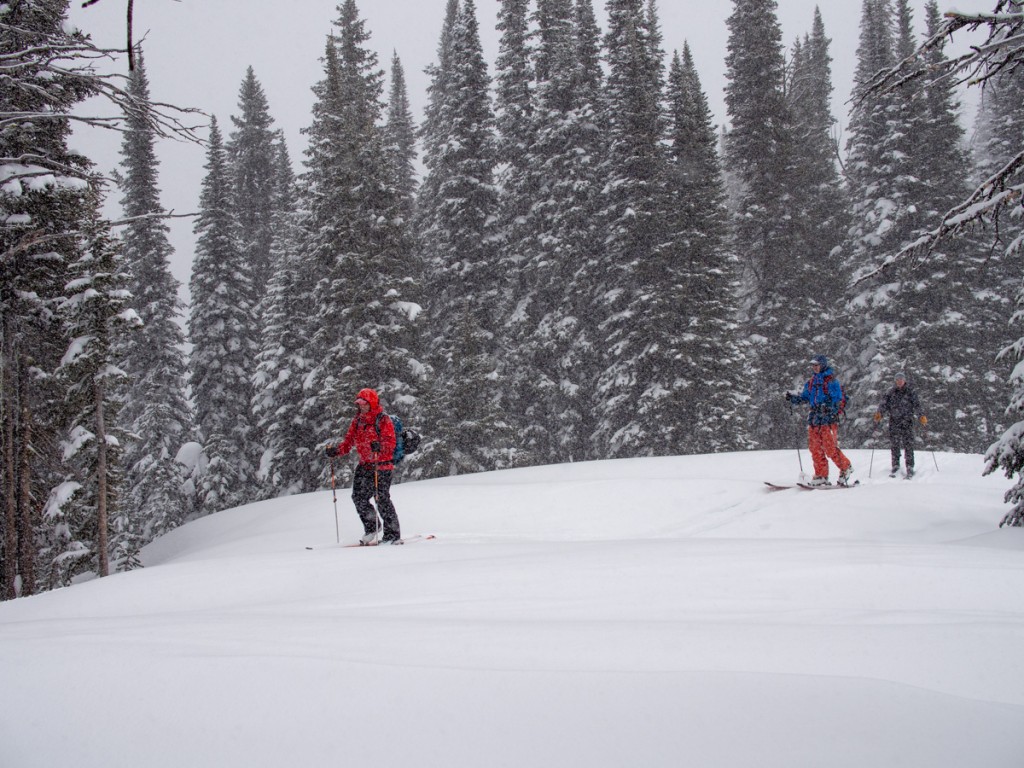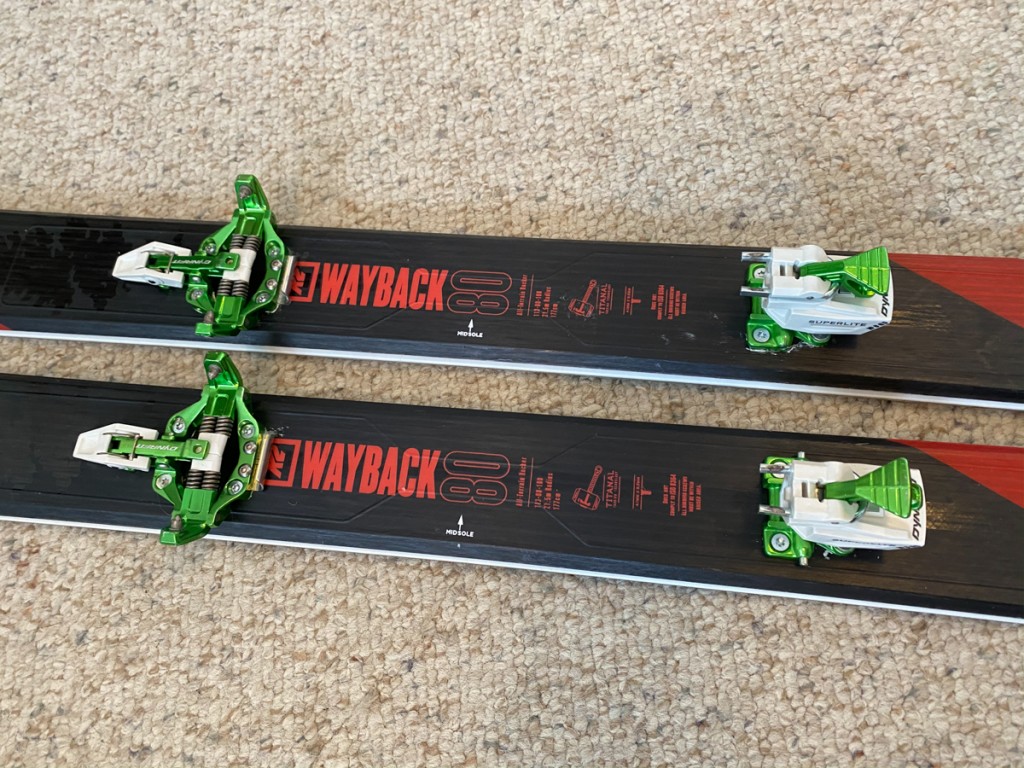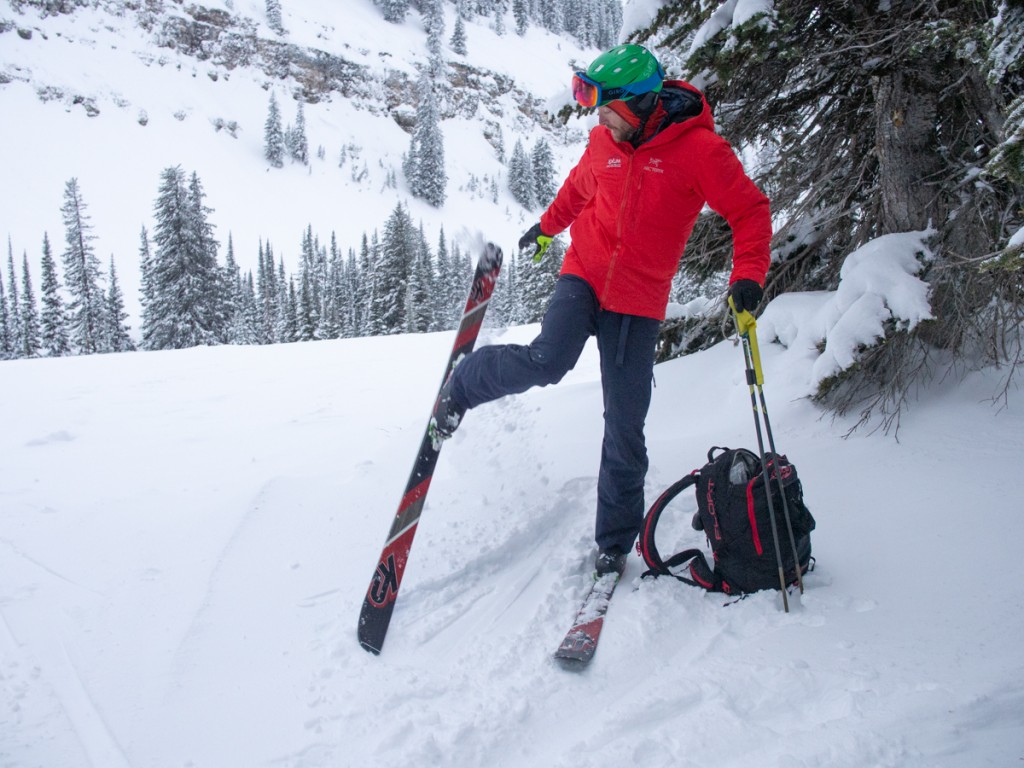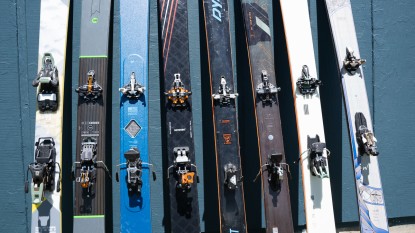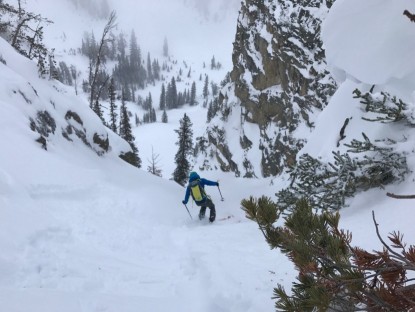Dynafit TLT Superlite 2.0 10 Review
Our Verdict
Our Analysis and Test Results
The Dynafit Speed Superlight is now a venerable product. Years ago, it was the first binding we can think of that added adjustable release to skimo race-style bindings. It continues in that same category, with the most recent iteration offering an optional brake and, with two different sub models, a broader range of release values. The form is indeed “super light”, but there are compromises. None of these compromises are all that different from other products in this weight class.
Performance Comparison
Touring Performance
Touring performance is a function of heel risers, icing propensity, and toe piece range of motion. The Speed Superlight has two “official” heel levels and an improvised third. None of these three are all that different from one another. The issue with the “improvised” flat-on-ski mode is that the heel piece is easily bumped into downhill mode. Other reviews and users report use of this “flat on ski” mode, but we didn't find it useful.
The minimalist form of the Superlight catches less snow and icing than bulkier bindings. The plastic housing of the heel piece seems to pick up just a little more than metal versions on other models. The toe piece offers all the range of motion you could use. We only mention this latter-most point because some beefier bindings have at least somewhat limited toe pivot range. No lightweight or all-around tech bindings have any issues with toe pivot range.
Downhill Performance
The Speed Superlight holds your boot to your ski. That's about all you need to know about its downhill performance. It isn't sophisticated, but it has long been proven. People skiing with high energy, on big skis and boots, have used this binding, successfully, in high consequence terrain. In fact, all that has been skied, has been skied on bindings even lighter than the Speed Superlight 2.0. The release values are adjustable, but not recognized by DIN/ISO. Other bindings in this weight class now include sorts of “elasticity” and “forward pressure” that the Speed Superlight does not include. These lightweight interpretations of alpine binding attributes, seen in other bindings, don't seem to matter at all. None of our test team could notice the difference between the Speed Superlight and one or more of the lightweight bindings that include more springs in the heel piece.
Ease of Use
Simple is easy to use. The Speed Superlight 2.0 is simple. Transitions require bending over, but that's ok and more common than not. Only with an aftermarket part can you adjust the Superlight for different boots. This is okay if you can commit to one pair of boots. We didn't test the brake but know that reliable reports from other users indicate that it is more fiddly and annoying than is likely worthwhile.
Weight
Yes, these are “super light”. Less than a pound for a pair of ski bindings is great. For such reliably functioning bindings, it is remarkable. Specifically, the Dynafit Speed Superlight 2.0 weighs .89 pounds for a pair of them, including mounting screws. To go lighter than this, you will give up at least something. You definitely give up the opportunity to add brakes. You likely give up release adjustment and one level of heel riser.
Durability
We had no problems with the Superlight 2.0. Our test team, outside of direct OGL testing, has experience with the Superlight that gives us a great deal of confidence in its reliability. Thousands of these bindings are in use, and have been in use, in serious and sustained circumstances. There have been multiple iterations of this product, but changes have been subtle and unlikely to affect durability.
Value
For the mass, these aren't inexpensive. You spend more for less binding, to a point. For the reliability and weight savings, they are right in the mix. When you spend the dollars on this binding, your greatest value might be that the design is proven and tested for years now. Other lightweight products perform better, and many of them are holding up in our testing. But the Dynafit Superlight has a longer history than all of them.
Conclusion
We recommend these bindings. Newer offerings, in the same weight class from other companies are more sophisticated in one way or another. But the Dynafit is proven and saves a few more grams over the nearest competition. The option to add a brake sets it apart, but one should proceed with enthusiasm tempered by reliable reports that the brakes are unappealing.


